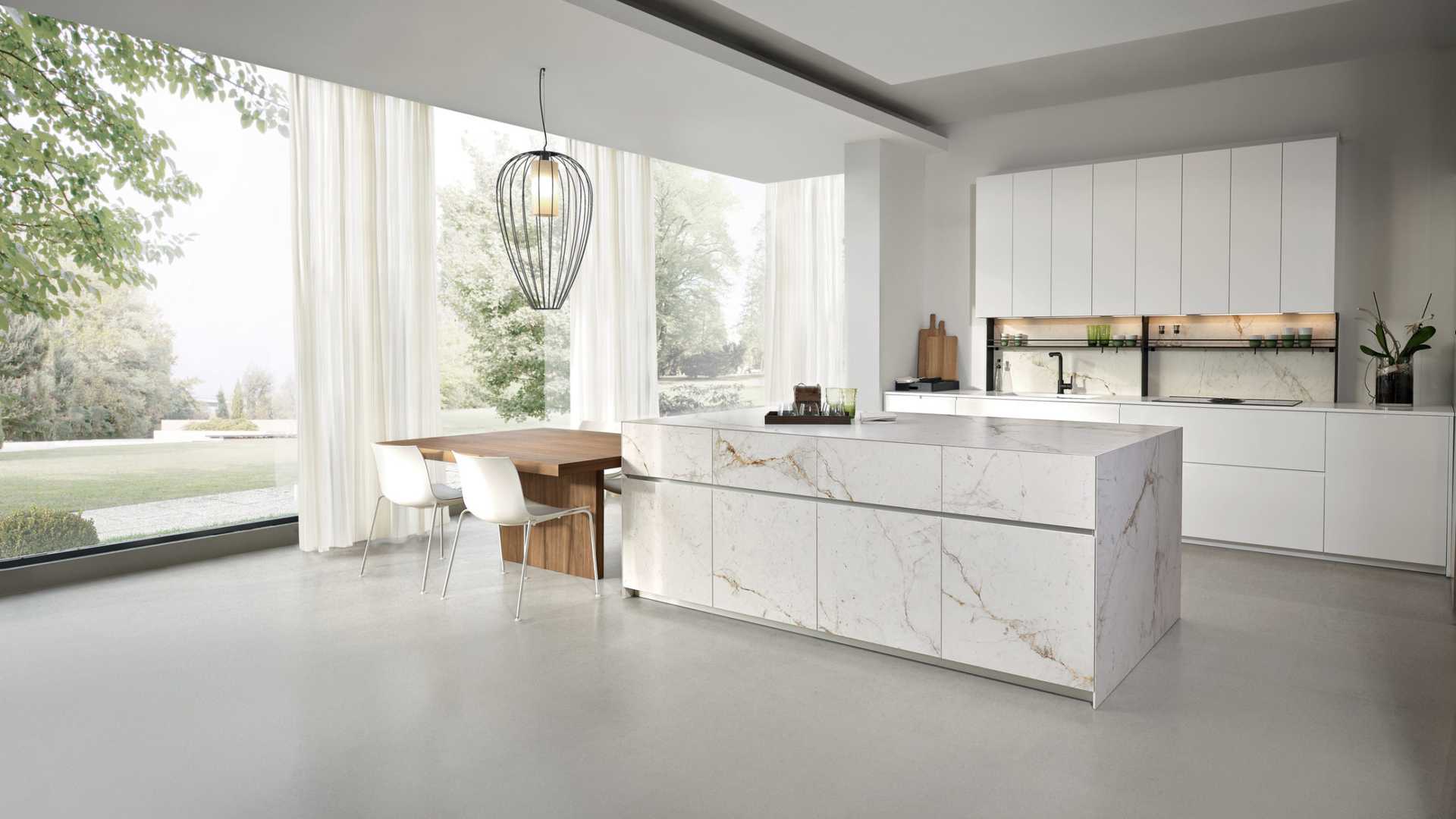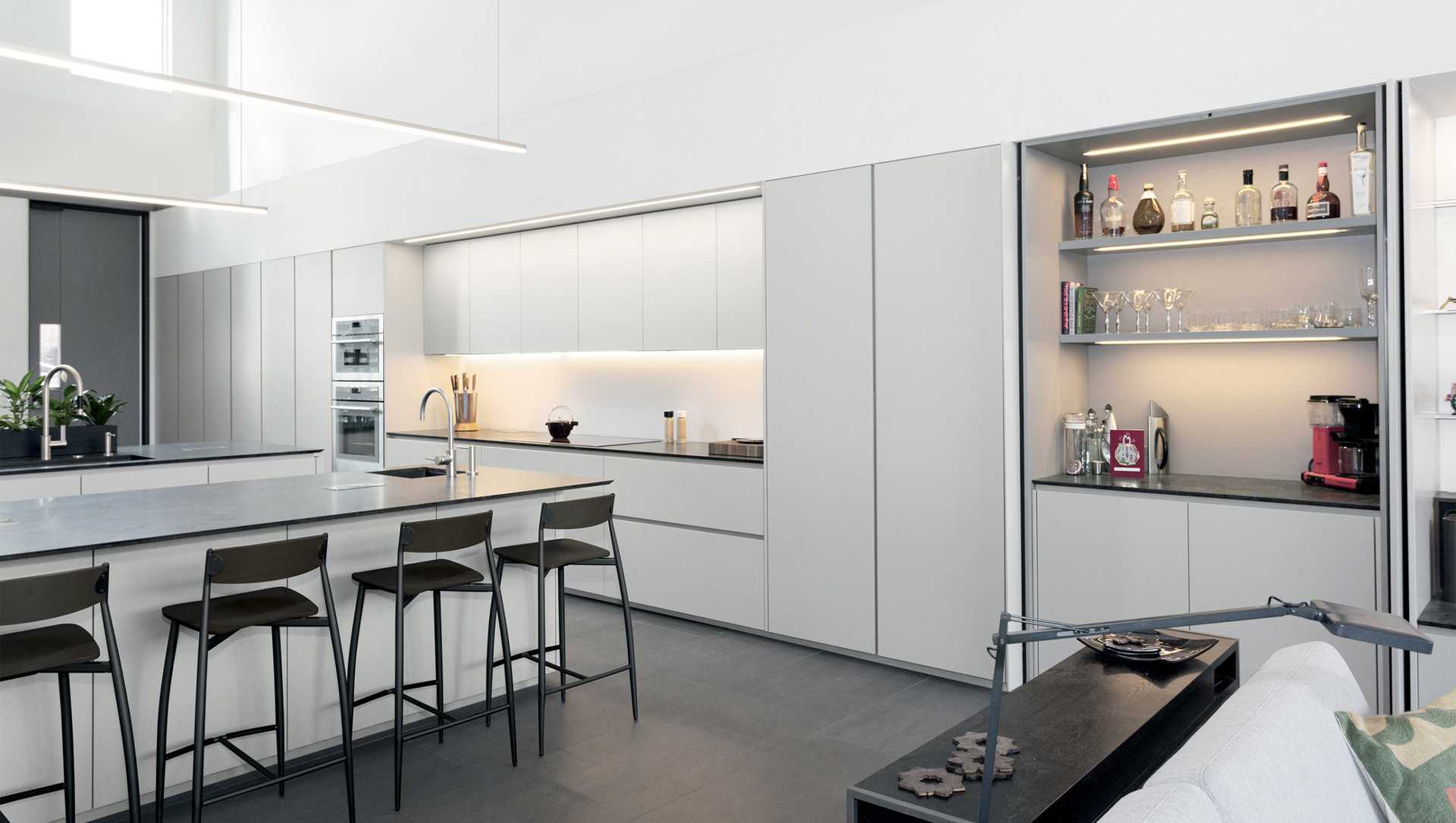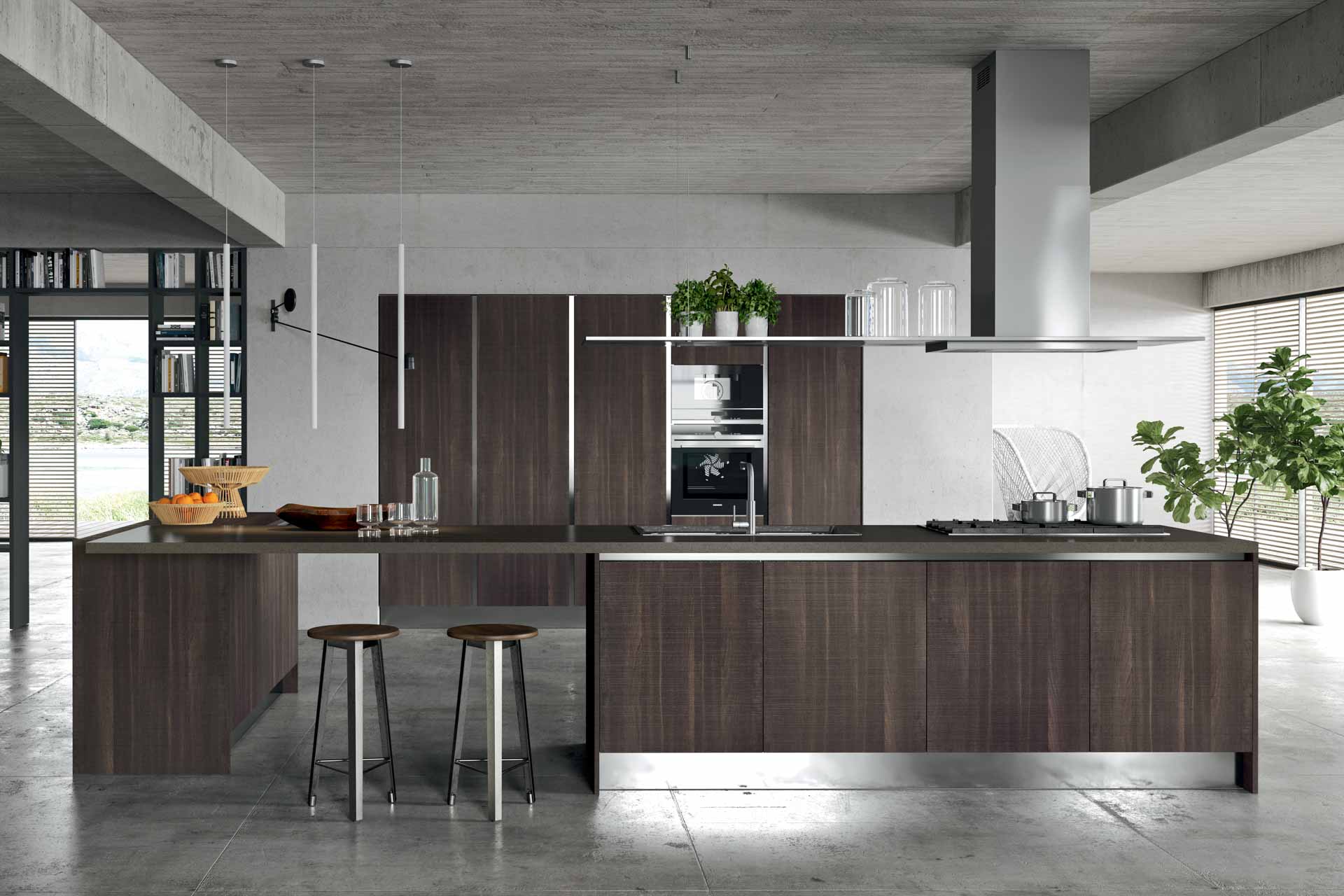The Allure of European Italian Kitchen Cabinets

Step into a world where culinary artistry meets timeless elegance, where the heart of the home is adorned with the refined craftsmanship of European Italian kitchen cabinets. These cabinets are not merely functional storage solutions; they are embodiments of a rich heritage, a testament to the enduring allure of Italian design.
The Essence of Italian Design
European Italian kitchen cabinets are a symphony of form and function, each detail meticulously crafted to create a harmonious and inviting atmosphere. The design language is characterized by a balance of simplicity and sophistication, often featuring clean lines, graceful curves, and a focus on natural materials.
- Timeless Elegance: The enduring appeal of Italian design lies in its timeless elegance. Clean lines, simple forms, and a focus on natural materials create a sense of sophistication that transcends fleeting trends.
- Artisan Craftsmanship: European Italian cabinets are often handcrafted by skilled artisans who take pride in their work. This dedication to quality is evident in the meticulous attention to detail, the use of premium materials, and the enduring beauty of each piece.
- The Art of Functionality: Beyond aesthetics, Italian kitchen cabinets are designed with functionality in mind. Thoughtful layouts, clever storage solutions, and high-quality hardware ensure that these cabinets are both beautiful and practical.
The Appeal of European Italian Design in Modern Kitchens
The appeal of European Italian kitchen cabinets extends beyond their aesthetic charm. These cabinets seamlessly integrate into modern kitchens, bringing a touch of classic elegance to contemporary spaces.
- A Touch of Classic Elegance: European Italian cabinets offer a touch of classic elegance that complements modern kitchen design. Their timeless appeal adds a sense of sophistication and refinement to contemporary spaces.
- Versatile Styles: From rustic farmhouse kitchens to sleek modern spaces, European Italian cabinets are incredibly versatile. They can be customized to suit a wide range of design preferences and architectural styles.
- Durability and Longevity: Made with high-quality materials and craftsmanship, European Italian cabinets are built to last. They are an investment in both style and functionality that will enhance your kitchen for years to come.
Materials and Construction

The heart of any European Italian kitchen cabinet lies in its materials and construction, meticulously chosen and crafted to create pieces that exude both beauty and durability. These cabinets are not mere storage solutions; they are works of art, destined to grace your kitchen for generations.
European Italian kitchen cabinets are renowned for their use of premium materials, ranging from solid wood to veneers and a variety of finishes. The choice of material and construction techniques reflects a deep-rooted commitment to quality and craftsmanship, ensuring that each cabinet possesses a unique character and timeless appeal.
Materials
The materials used in European Italian kitchen cabinets are carefully selected for their durability, aesthetic appeal, and environmental sustainability. Each material brings its own unique qualities to the table, contributing to the overall beauty and longevity of the cabinetry.
- Solid Wood: The epitome of luxury and durability, solid wood is a favored material for European Italian kitchen cabinets. Species like oak, cherry, walnut, and maple are prized for their strength, grain patterns, and natural beauty. Solid wood cabinets offer exceptional longevity, standing the test of time and becoming heirloom pieces.
- Veneers: Veneers, thin sheets of wood, are expertly applied to a core material like plywood or MDF, providing the aesthetic appeal of solid wood at a more accessible price point. Veneers offer a wide range of wood species and finishes, allowing for customization and intricate designs. While not as durable as solid wood, veneers are still a robust and attractive option.
- Finishes: European Italian kitchen cabinets are often adorned with a variety of finishes, adding depth and character to the overall design. Lacquer, paint, and stains are popular choices, each offering unique properties and aesthetic qualities. Lacquer finishes provide a durable, high-gloss sheen, while paint offers a wide range of colors and textures. Stains enhance the natural beauty of the wood, revealing its unique grain patterns.
Construction Techniques
The construction techniques employed in European Italian cabinetry are a testament to the artisans’ skill and dedication. These techniques ensure that the cabinets are not only visually stunning but also incredibly sturdy and long-lasting.
- Dovetail Joints: A hallmark of fine woodworking, dovetail joints are interlocking joints that create a strong and secure connection between cabinet components. Dovetails are known for their strength and durability, ensuring that the cabinets will withstand the rigors of daily use.
- Mortise and Tenon Joints: Another traditional joinery technique, mortise and tenon joints are used to create strong and precise connections between cabinet parts. A mortise, a rectangular hole, is cut into one piece of wood, while a tenon, a protruding piece of wood, is cut into the other. The tenon is then inserted into the mortise, creating a robust and aesthetically pleasing joint.
- Box Construction: European Italian cabinets often employ a box construction method, where the sides, top, and bottom of the cabinet are joined to form a solid and sturdy box. This method ensures that the cabinet is rigid and able to withstand the weight of heavy items.
Styles and Designs: European Italian Kitchen Cabinets

European Italian kitchen cabinets are a symphony of style and functionality, offering a diverse range of aesthetics to complement any home’s character. From the rustic charm of traditional designs to the sleek elegance of modern interpretations, these cabinets are a testament to Italian craftsmanship and design sensibilities.
Styles of European Italian Kitchen Cabinets
European Italian kitchen cabinets encompass a spectrum of styles, each with its own unique appeal. These styles are not mutually exclusive and often blend seamlessly, creating a captivating fusion of elements.
- Rustic: Evoking the warmth and authenticity of traditional Italian kitchens, rustic cabinets are characterized by their use of natural materials like reclaimed wood, distressed finishes, and hand-crafted details. They often feature intricate carvings, exposed wood grain, and warm, earthy tones. Think of a Tuscan farmhouse kitchen with its weathered beams and hand-hewn cabinetry. This style embraces imperfection, celebrating the unique character of each piece.
- Modern: Clean lines, minimalist aesthetics, and a focus on functionality define modern European Italian kitchen cabinets. These designs often feature sleek, geometric shapes, high-gloss finishes, and a limited palette of colors, usually black, white, or gray. They are characterized by a sense of order and sophistication, emphasizing simplicity and practicality.
- Contemporary: This style bridges the gap between traditional and modern aesthetics. Contemporary European Italian kitchen cabinets embrace clean lines and a focus on functionality, but they also incorporate elements of traditional design, such as intricate detailing or warm wood tones. They often feature a mix of materials, textures, and colors, creating a dynamic and visually engaging space.
- Classic: Classic European Italian kitchen cabinets embody timeless elegance and sophistication. They are characterized by intricate details, ornate carvings, and rich, dark wood finishes. These designs often feature traditional hardware, such as brass or bronze knobs and pulls, and may incorporate elements of antique or vintage furniture.
Examples of Specific Cabinet Designs, European italian kitchen cabinets
The versatility of European Italian kitchen cabinet designs allows for endless possibilities in terms of layout and functionality.
- Shaker Cabinets: This timeless design is characterized by its simple, rectangular frame and flat, recessed center panel. Shaker cabinets are a versatile choice that can be incorporated into a variety of styles, from rustic to modern. They offer a clean, uncluttered look and are perfect for creating a sense of calm and order in the kitchen.
- Inset Cabinets: Inset cabinets are known for their elegant, flush-mounted doors, which seamlessly integrate with the cabinet frame. This design creates a sophisticated and refined look, often found in classic or traditional kitchens. Inset cabinets can be customized with a variety of finishes, hardware, and detailing, making them a perfect choice for creating a truly unique kitchen.
- Slab Cabinets: As the name suggests, slab cabinets feature flat, smooth doors without any visible frames or moldings. This minimalist design is perfect for modern or contemporary kitchens, creating a clean and uncluttered aesthetic. Slab cabinets are often paired with sleek hardware and high-gloss finishes, adding a touch of sophistication to the space.
The Role of Color, Hardware, and Decorative Elements
Color, hardware, and decorative elements play a crucial role in shaping the overall aesthetic of European Italian kitchen cabinets.
- Color: Color is a powerful tool for setting the mood and defining the style of a kitchen. In European Italian kitchens, color palettes often draw inspiration from the natural world, incorporating warm, earthy tones like terracotta, olive green, and rich browns. For a more contemporary look, bolder colors like navy blue, charcoal gray, or emerald green can be used to create a statement.
- Hardware: Hardware is not just functional; it’s a decorative element that can add a touch of personality and style to European Italian kitchen cabinets. Traditional designs often feature ornate brass or bronze knobs and pulls, while modern kitchens may opt for sleek, minimalist handles in stainless steel or brushed nickel. The choice of hardware can significantly impact the overall feel of the kitchen, so it’s important to select pieces that complement the style of the cabinets and the overall design aesthetic.
- Decorative Elements: Decorative elements, such as corbels, moldings, and decorative accents, can add a touch of elegance and sophistication to European Italian kitchen cabinets. These elements can be used to create visual interest, highlight architectural features, and personalize the space. Corbels, for example, can be used to support shelves or countertops, adding a touch of rustic charm. Moldings can be used to frame cabinets, creating a more formal and elegant look. Decorative accents, such as glass inserts or etched details, can add a touch of personality and individuality to the space.
European Italian kitchen cabinets are known for their craftsmanship and elegant designs, often featuring rich wood finishes and intricate details. While these cabinets often embrace traditional aesthetics, modern trends have introduced a new approach: kitchens without cabinet doors. This minimalist style, as explored in kitchen no cabinet doors , offers a clean and contemporary look, often incorporating open shelving and integrated appliances.
Whether you prefer the timeless charm of traditional Italian cabinets or the sleek simplicity of a doorless kitchen, both styles can contribute to a beautiful and functional culinary space.
European Italian kitchen cabinets often feature intricate details and a focus on functionality. To enhance their aesthetic and practicality, consider incorporating small barn door hardware for cabinets. This can add a touch of rustic charm while providing a space-saving solution for smaller kitchens, allowing for easier access to frequently used items.
The sleek lines and minimalist design of European Italian cabinets perfectly complement the modern farmhouse aesthetic that small barn door hardware brings to the table.
